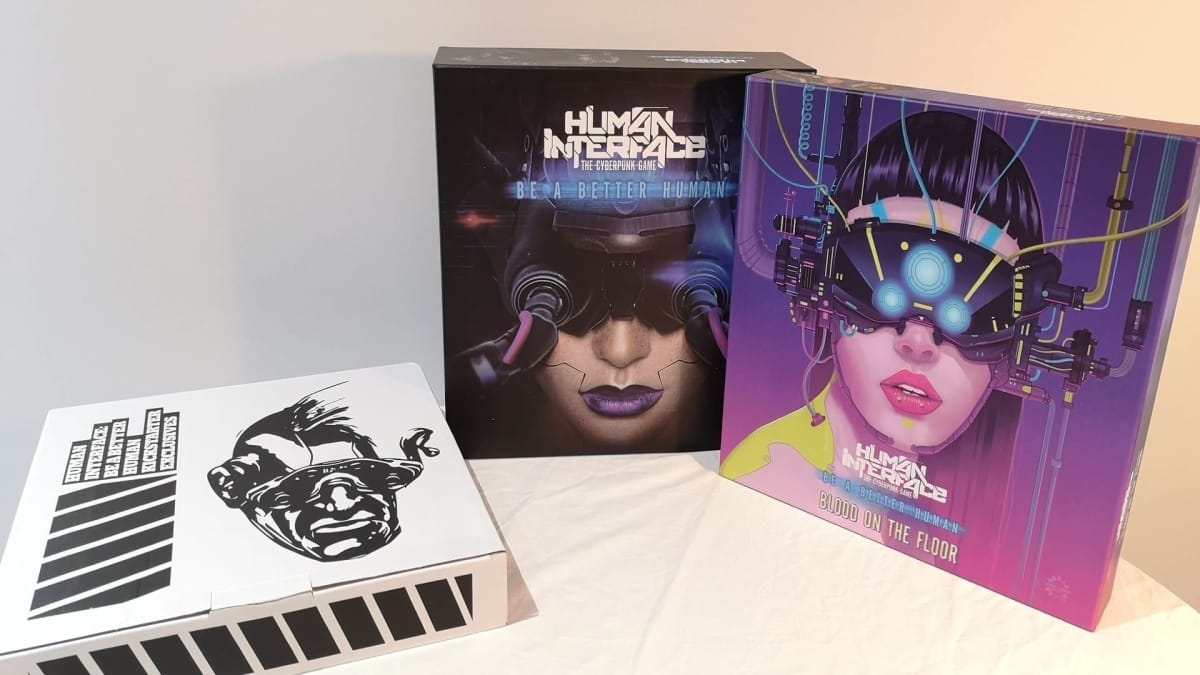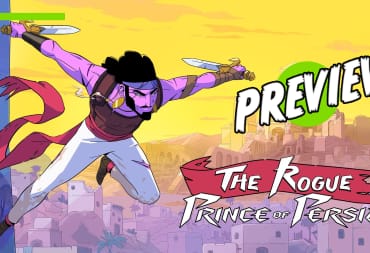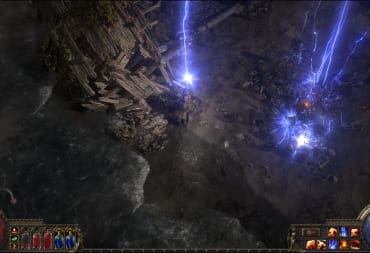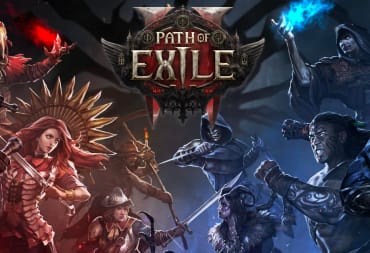Human Interface: Be A Better Human is a Cyberpunk-esque board game by Postindustrial Games. Be A Better Human is a follow-up Kickstarter to their successful Human Interface Nakamura Tower Kickstarter. It’s a stand-alone release, but can also be combined with Nakamura Tower.
Human Interface: Be A Better Human is a co-operative board game, which can also be played solo against AI-controlled enemies and it also includes a skirmish mode so that players can pit their own forces against each other.
Off The Shelf / On The Tabletop articles come in two halves. In Off The Shelf we will look at what's in the product along with covering how the game plays. This is followed by On The Tabletop where we talk about our first playthrough games and finish with feedback from the On The Tabletop team.
The On The Tabletop playthrough articles catalog our initial experiences with a game; as a result, mistakes will be made. On The Tabletop should also not be taken as a full review. These articles are simply our first impressions of a game.
Off The Shelf

The Human Interface Be A Better Human base set has loads of content, but we also secured access to the Kickstarter Exclusive and the Blood On The Floor expansion.
The base set includes:
- 37x 32mm ready to use miniatures
- 194x Weapon, Cybergear and Cyberwarfare cards
- Cardboard game tiles - 9 rooms, 8 hallways
- 16x doors
- 9x character ID dashboards
- 5x cardboard tokens sheets
- Rulebook
- Missions book
The Blood on the Floor Expansion contains:
- 11x 32mm ready to use miniatures
- 40x new Weapon and Cybergear cards
- Cardboard game tiles - 2 rooms, 2 hallways
- 4x character ID dashboards
- Missions book
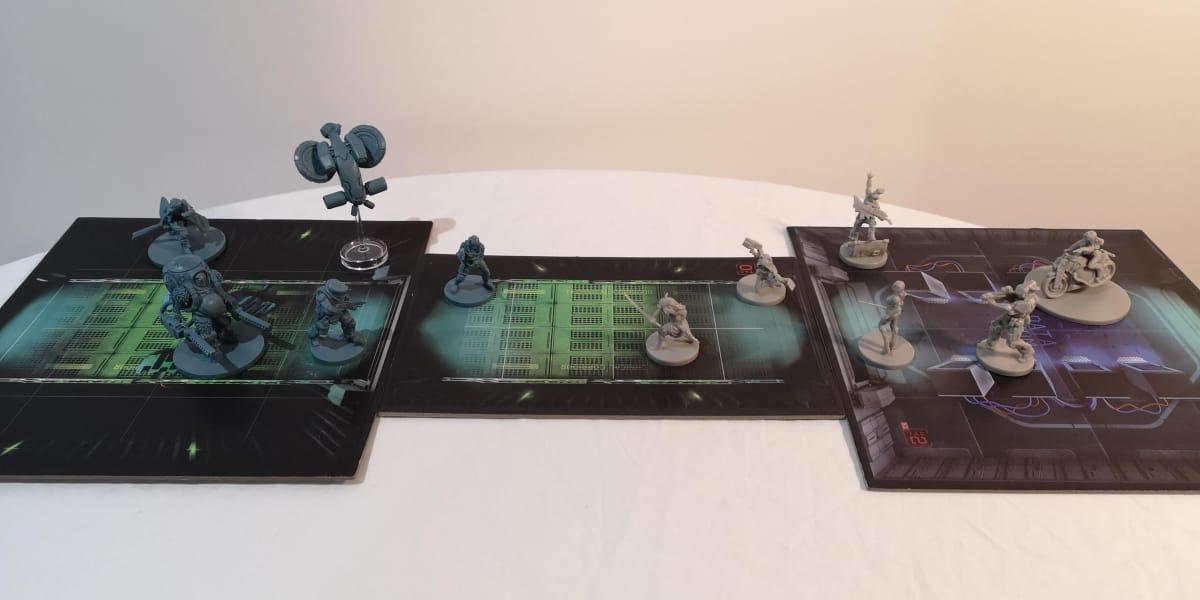
If you want to get hold of the Kickstarter Exclusive contents, Postindustrial Games have a few copies left for sale on their site.
The Exclusive Kickstarter contents are incredibly Cyberpunk and add a lot of content to Be A Better Human. It contains as many miniatures as the base set and some incredible characters. The exclusives set contains:
- 37x 32mm ready to use miniatures
- 204 Weapon and Cybergear cards, ID character cards, special events cards
- Cardboard game tiles - 2 rooms, 2 hallways
- Missions book
- Skirmish rulebook
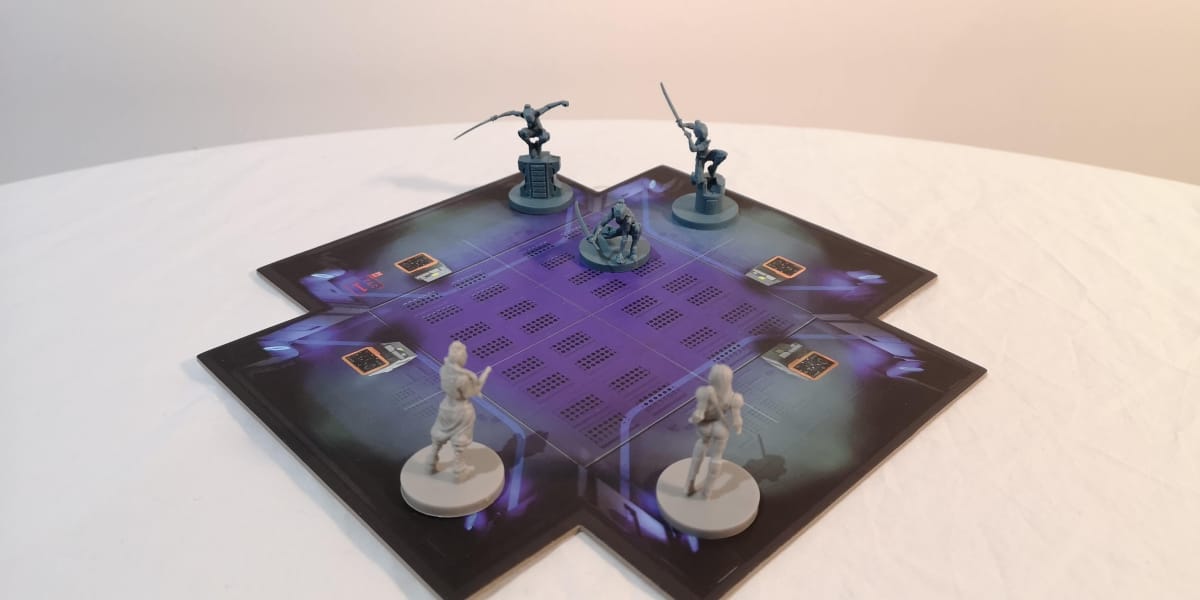
The core of Be A Better Human is how it blends the hacking phase (known as the Cyberwarfare Phase) with the real world action phase and how well the Cyberwarfare phase goes has a direct correlation with the real world phase.
In the Cyberwarfare phase, players decide which hacker, if there is more than one, is going to lead the hack. Hacking is used to access terminals to unlock doors and also control the TAC value of rooms which can cause a negative modifier to the player's attacks.
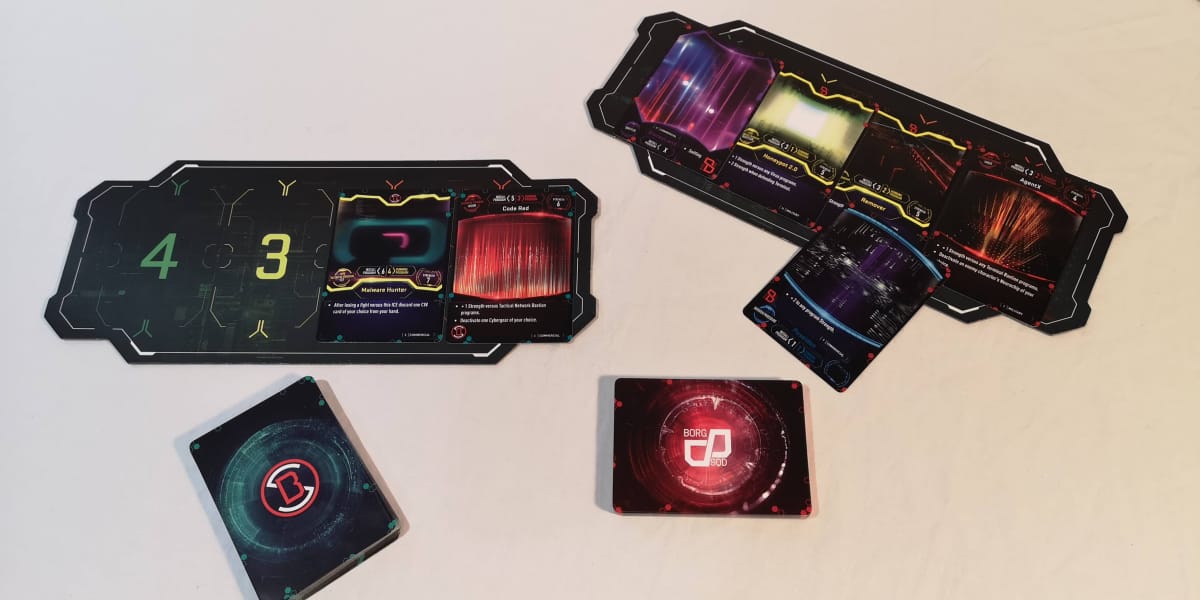
The lead hacker then draws a hand of cyberwarfare cards, which are a mix of offensive, defensive and support programs and then decides which to play. Offensive programs boost the attack against the network, as well as offering additional effects, defensive cards defend against any offensive counter-attacks by the enemy AI.
Support programs can be used to get a preview of the programs the enemy AI is running, as the enemy's cards are drawn face down, and additional effects like boosts to program strength or additional system resources. If the hack fails, offensive programs can be installed on the player's own network, causing issues to their accuracy and also infecting their own systems.
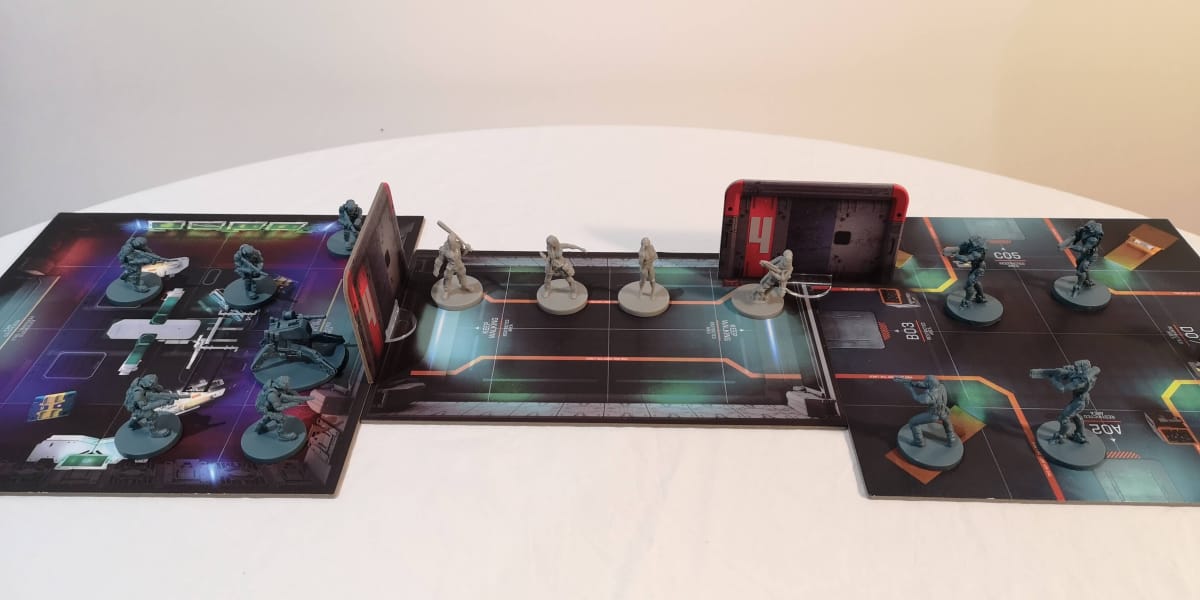
As well as wounds for physical damage, players can also take cybershock damage from failed effects and specific attacks. When a character's cybershock values reaches 10, then that character is taken over by the AI and will start to operate with the AI-controlled enemies against the players.
The AI is operated with some simple instructions. If the enemy can see a player, they will engage and if they can’t engage, they will move forward until they can engage. If they can’t see a player, they will move towards the area with the highest number of alarm tokens, which are generated by the players and other effects each turn.
It all feels very thematic as the enemy is being dispatched and controlled by the AI security system, which follows a pre-set security protocols. In some systems, AI-controlled enemies can be worked around by the players and leave it feeling quite unrealistic. It sometimes feels wrong that an enemy who has seen something, would then ignore it and carry on doing something else, whereas the Human Interface system fits the theme well. Enemy units would trust that the overseeing AI has a handle on things and while they may be sent to investigate one part, another unit better suited may be directed elsewhere.
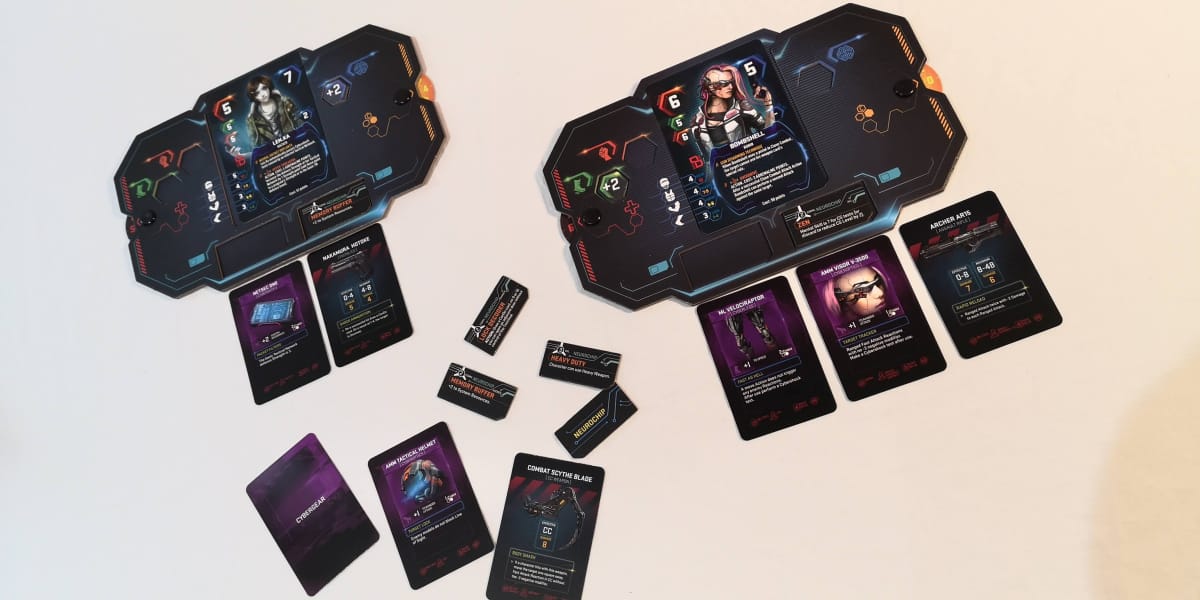
Human Interface is also diceless, and instead uses a deck of cards with numbers between 1 and 10 on them. The card number drawn is added to the trait being tested along with any other modifiers to produce a score that is compared against the opponent’s card plus trait to decide the winner. The cards also double as a hit location indicator for attacks.
Where Human Interface shines is in the capture of its theme. All the characters, miniatures, equipment and cyber-attack cards and especially how the cyberwarfare phase directly affects the real world phase really make it feel like a Cyberpunk game.
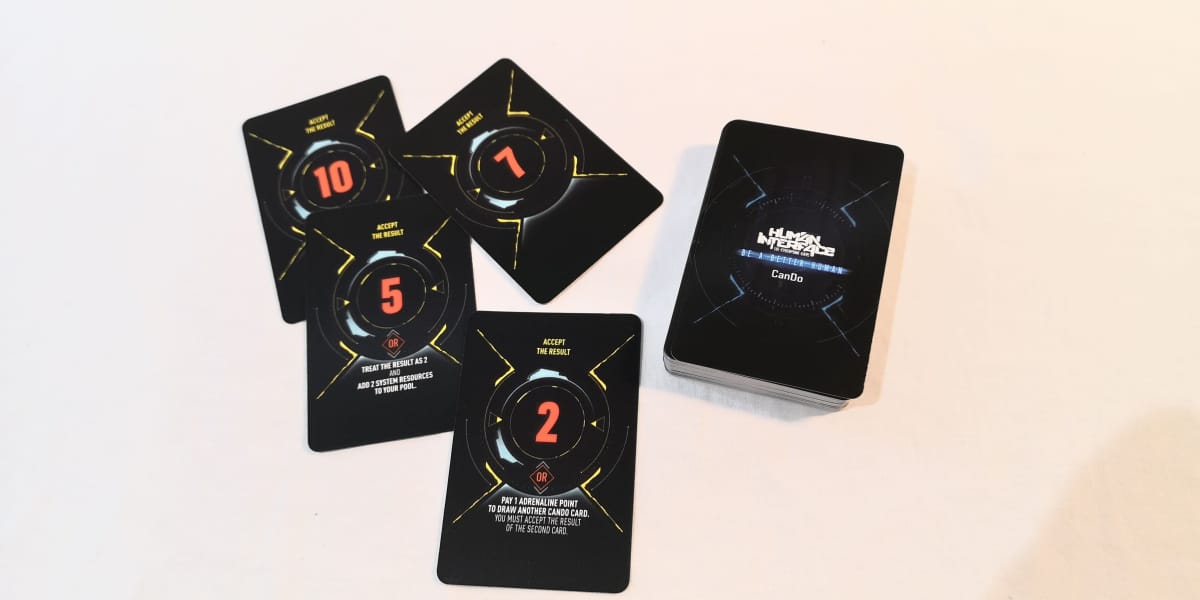
On The Tabletop
In our test game, we worked through a couple of the ‘on rails’ scenarios in the Secret Agenda book that builds up from Len.Ka being transported through a black site facility as a prisoner, to the group's escape attempt.
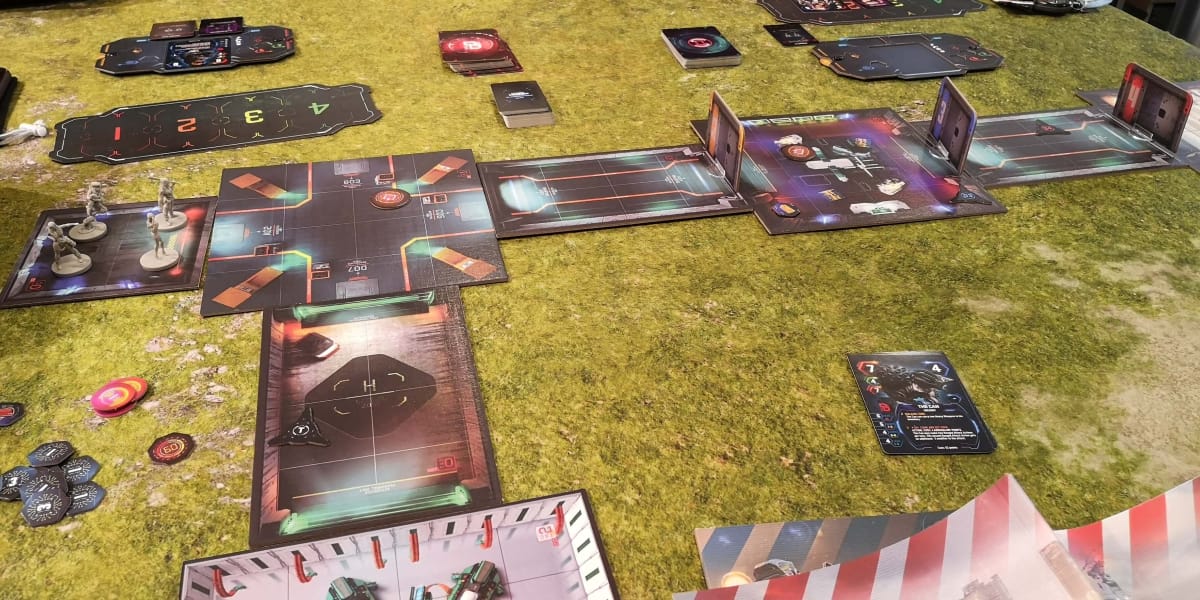
To avoid spoilers, we’re not going to discuss our scenario, like we usually do with On The Tabletop, and we’ll focus on the write up by each player on what they thought about the game.
It’s also worth noting here that we haven’t tested the Skirmish mode, only the co-operative mode against the AI. The skirmish mode might give an entirely different experience.
Player Thoughts
Adam: I missed Nakamura Tower on Kickstarter and as a huge Cyberpunk fan, I’ve been keeping my eye out for a copy. I was excited to try out Be A Better Human because it sounded like Zombicide with a Netrunner/Infinity twist.
As the one who read through the rulebook, I have to mention that it’s quite badly laid out. There are quite a few translation issues and no index. The game’s rules itself are very easy to get into and the simple and direct AI and use of the Cyberwarfare cards work very well. But the rulebook needs some work.
The Secret Agenda scenario book is a series of linked missions, with the first 2 operating like a slow lead-in tutorial. Hitting certain objective points means reading out some text from the scenario book. They feel very 'on-rails' though, with little input from the players, which leads to a huge disconnect in terms of agency. Even later on in some of the missions, it feels like you could have just read out large parts of the mission booklet, without needing to actually set up the table.
The scenarios are interesting, and the whole campaign if played through would be an incredible experience, it just feels like the initial missions are hard work.
I love how well the cyberwarfare phase is implemented in terms of affecting the real world phase. It’s hard to do with a tabletop game because of the disjointedness in the difference between the phases, but Human Interface does it well. There is still some waiting around for the non-hackers, but they get their moment in the real world phase.
It feels Cyberpunk and it looks Cyberpunk and if you’re after a Cyberpunk board game, with a well-integrated hacking phase, then this is it. Just persevere through the rulebook and initial scenarios and you’ll find what you’re looking for on the other side.
Adam is the righteous leader of the On The Tabletop Team and is an experienced tabletop gamer. He has played physical and online CCGs to a very high competitive level. He also has a background in roleplaying, board and wargaming and has playtested and produced content for several companies. A veteran tabletop writer who's favorite games includes Dark Souls the Card Game, The Legend of the Five Rings LCG, Shadespire and Bushido. You can read his work here on TechRaptor and follow his exploits on Twitter - @StealthBuda.
Kit: My initial reaction to this was very positive, cyberpunk+board game=win. I had kickstarter'ed the original Nakatomi Tower, where the models were amazing but white metal. These are now in plastic and still, are truly stunning. There were ones that I instantly picked up and just wanted to paint, they were so characterful.
I have a deep-seated issue with propriety dice, this is a well-known fact. However, I would have killed for dice over the card system that was in place. Malifaux has a card system but its slick and done well. This just seemed very clunky. There was also no randomness I felt for damage where in some cases you just knew if you weren't going to hit. I like the random of a damage roll/flip.
We played a few scenarios and they were all very disjointed, random narratives with random events where you were just thinking "why?" One had us set up a board, set up characters, find all associated cards. In the first action, the character was replaced with a completely different character and cards.
I wouldn't personally play again, but I did enjoy what I played. If you don't like the randomness of dice then this is a winner. Also if you like the feel of a long-running board game adventure with lots of subplots, I feel this also could be right up your alley. For me, I wouldn't have to dedicate myself to this over other games that do all the above better.
Kit is the owner of ABZ Games, Aberdeen’s gaming community hub. He has been playing board/card/war/role-playing games for near on 25 years. Currently, his favorite game is Wild West Exodus by Warcradle.
Kyla: Human Interface: Be a Better Human just doesn't cut the mustard for me. I like a game with equal parts chance and strategy, and I'm not sure this game gives me both. Attacks are made using a deck of cards instead of dice which means that there is always a predetermined number of certain cards in the deck, even if you were to shuffle them after each turn. And then the damage is determined by your weapon as opposed to another card draw, removing any element of chance there. Without it, HI:BeBH loses sore of the high-stakes excitement that similar games possess.
The game itself also seems to railroad players, as when collecting necessary objectives and entering different areas to do so, pre-determined events are triggered and the narrator is prompted to read out dialogue which feels like it bogs down the game when it could be instead given to the players to read to make them feel more connected to their characters.
In terms of visuals, I felt like some of the character artwork was a bit mixed, with some of the work being of a higher quality than others. And some of the font sizes on the cards were far too small to make the game as accessible as it could have been.
Maybe I just need a few more games of the missions to see what else the game has to offer, but I'm not really in a rush to do so.
Kyla is a 3D Artist and VFX Compositor. She is also known around the UK convention scene for her costume and prop making work. She's been a regular DM and player of Dungeons & Dragons for the last 3 years, and when she's not busy writing her own homebrew campaigns she can be found playing Zombicide with friends. You can find her on Instagram at @HallowStudios, and on her website.
Filippo: Human Interface is a complex game, the rulebook is big and the game comes with many tokens, cards and markers. It requires a fair amount of time to have a good grasp of the game rules. Our experience was limited to an introductory mission which gave an example of movement, combat and hacking. We followed this by playing full mission.
Game mechanics feel quite standard for a game of its type: each unit can move and perform one or more actions and stats are pretty standard if you have experience with other games of this type. What is different is that there are no dice. Scores are determined by drawing cards from a specific deck, each card has a numeric value and you can acquire adrenaline cards which can be used to boost your card score.
For such complex game, combat feels too simplistic, the same "to hit" score, determines also the location of the hit (legs, torso, head) and there is no damage roll. In my opinion, this is a massive drawback for this game.
With the respawning of enemies regardless of the enemies you kill, each turn, the game replenishes them to a certain total, which can make killing opponents is pretty much useless; there might be other rules to expand, but this is what I found in our games.
Human Interface seems a complex game with not much innovation, but I would need more playtesting to have a good idea of its mechanics.
Filippo is a Level 99 geek with D20 years of experience in all sort of gaming. From wargames (Infinity, Warhammer 40K), to RPGs (D&D), CCGs (Magic the Gathering, Pokemon, Doomtrooper, Hearthstone), board games (countless!) and video games. He is a science fiction buff, especially dystopian and Cyberpunk styles. He is also a miniature and scale modeler, painting mainly Mecha and Tanks to a competitive level and has won several prizes.
This copy of Human Interface Be A Better Human used in this article was provided by Post Industrial Games.
What do you think of the Human Interface miniatures? Did you back Nakamura Tower or Be A Better Human? Are you a Cyberpunk fan? What's your favorite Cyberpunk game? Let us know in the comments below.
Previews you can trust: To ensure you're getting a fair, accurate, and informed review, our experienced team spends a significant amount of time on everything we preview. Read more about how we review games and products.
Have a tip, or want to point out something we missed? Leave a Comment or e-mail us at tips@techraptor.net
